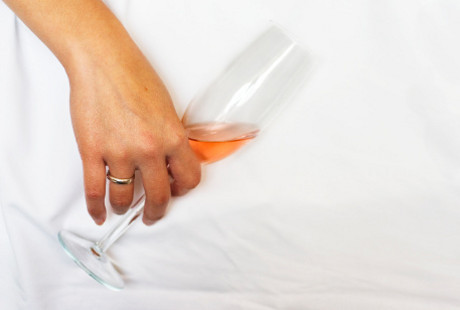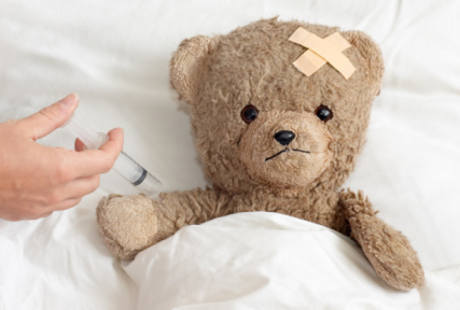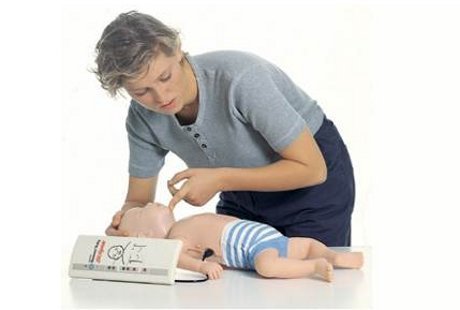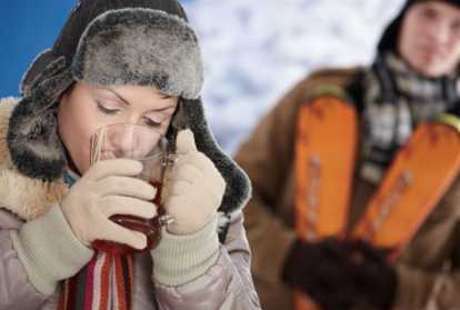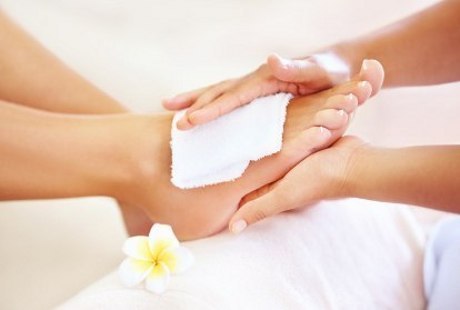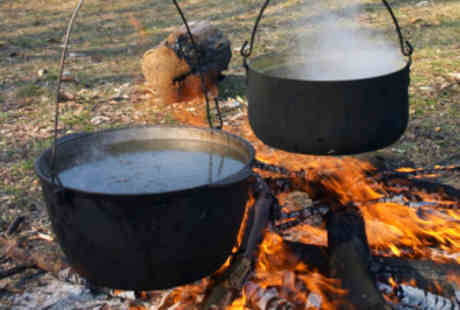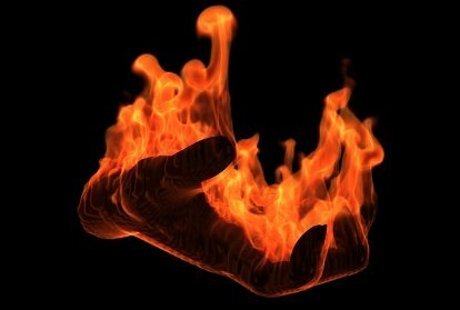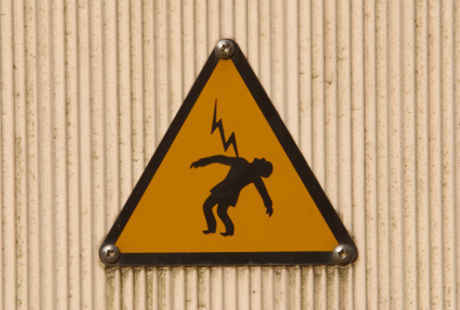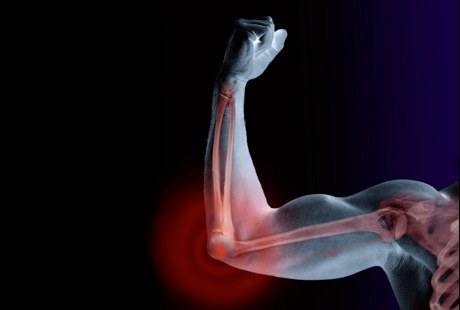Bee stings can make you pain. Parts of the body that stung by bee it feels hot, painful can even swollen. People who are allergic to bee stings should carry an epinephrine injection with them in case of a sting. Even if the person does not know that they are allergic to bee or wasp venom they should be monitored carefully for signs of anaphylaxis so that they can be cared for quickly. Careful monitoring and quick action are essential in caring for a bee sting victim.
There are several things that people can do to lower the risk of being stung. Make sure that when you are outdoors in areas where there are likely to be any bees or wasps that you wear light colored clothing that covers as much of your body as possible. Also make sure you avoid any strong smelling perfumes or shampoos which can attract bees. Also keep any outdoor areas clean and be sure to check for nests in any immediate areas.
In order to the pain from the sting subsides soon, follow this way:
1. Compress with ice cubes
The cold produced from ice cubes will make the sting did not swell. Therefore, if you are stung by a bee, immediately paste an ice cube on the bite marks for ten minutes.
Pour baking soda in a small cup, add a few drops of water and stir until it becomes a pasta. Apply the paste on parts of the body that stung by bees to help stop the irritation, itching and relieving pain.
3. Brown sugar
Combine brown sugar, grated ginger, vinegar and warm water. Use the mixture to treat wounds caused by bee stings. Do it three times a day and see his usefulness.
Soon overcome a bee sting on your body in order not to cause other side effects.


